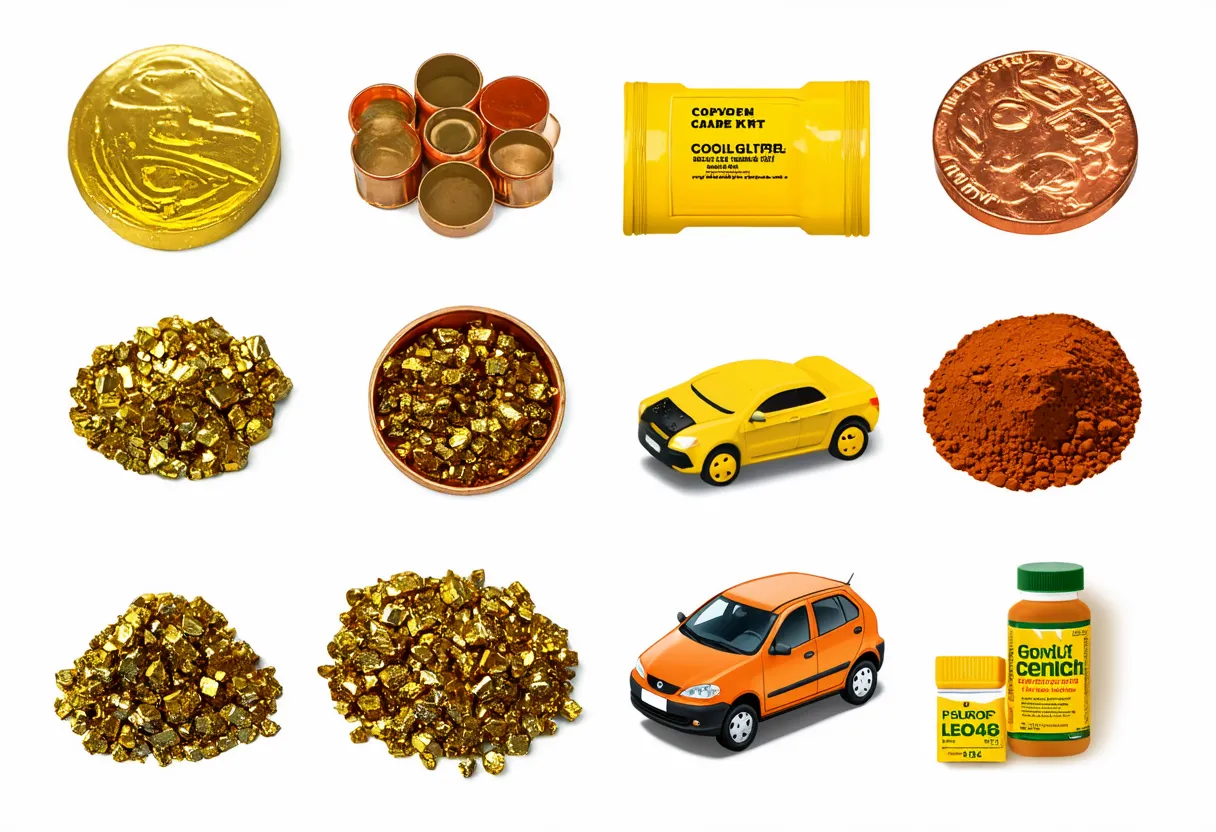Georgia, with a population of 3,712,502, is ranked 125th in the world, just behind Croatia. Located in the Caucasus region, it covers 69,700 square kilometers, ranking 116th globally, just behind Ireland.
Georgia’s economic position in 2022 showcases a GDP of $24,780,791,063.71, ranking it 110th globally, trailing behind Zimbabwe with a GDP of $27,366,627,153.08. The GDP per capita for Georgia in 2022 is $6,674.96, placing it at the 96th position worldwide, just behind Libya with a GDP per capita of $6,716.10.
Despite facing challenges, Georgia’s economy continues to grow steadily, with a focus on diversification and attracting foreign investments to further boost its economic stability and development.
What are the economic activities of Georgia?
- Primary activities: 8.2% of GDP.
- Secondary activities: 23.7% of GDP.
- Tertiary activities: 67.9% of GDP.

Primary Sector of Georgia
Georgia’s primary sector, focused on agriculture, thrives due to its diverse climate and rich natural resources. With 34.25% of the land dedicated to agriculture, the country produces a variety of crops such as milk, grapes, potatoes, wheat, maize, apples, watermelons, barley, tangerines/mandarins, and tomatoes.
Despite contributing 8.2% to the GDP, agriculture plays a crucial role in the economy. The top ten agricultural products are essential for sustaining the agricultural sector, highlighting their significance in Georgia’s economy.
With its diverse geological landscape, Georgia is rich in natural resources like timber, hydropower, manganese, iron ore, copper, coal, and oil. Its coastal climate and fertile soils also support the growth of tea and citrus, contributing significantly to the economy.
Georgia’s oil production, averaging around 296 barrels per day, ranks the country 73rd globally. With oil reserves of 35 million barrels, Georgia holds just 0.1% of the world’s oil reserves, contributing to its economic activity.
Georgia’s natural gas production in 2020 reached 10 million m³, ranking 94th globally in this economic activity.
Secondary Sector of Georgia
What is the secondary sector or what are secondary activities?
The secondary sector comprises industries that transform raw materials from primary activities into finished products for consumption. Georgia’s main industrial products include steel, machine tools, electrical appliances, chemicals, wood products, and wine. Additionally, the country also produces minerals like manganese, copper, and gold.
Manufactures in Georgia’s total exports accounted for 29.88% in 2023, indicating their significance but not dominating the export sector, leaving room for diversification and growth in other industries.
Tertiary sector of Georgia
What is the tertiary sector or what are tertiary activities?
The tertiary sector in Georgia encompasses various services where individuals provide expertise and time to enhance productivity and meet needs. It includes intangible goods like advice, attention, and expertise, catering to both consumers and businesses. Key tertiary activities in Georgia are restaurants, healthcare and medical care, education and training, banking and finance, communication and information exchange, media production and distribution, and tourism and hospitality.
In particular, Georgia’s economy heavily relies on tourism, contributing significantly to its GDP. With 7,726,000 annual arrivals, amounting to 2.0811 tourist arrivals per capita, popular destinations like the capital Tbilisi and the Black Sea coast attract visitors, boosting revenue and employment in the tourism sector.
Another example of tertiary economic activity is the mobile cellular sector, with approximately 5.8 million subscriptions, equating to 156 per 100 inhabitants. This connectivity fosters technological growth, enhancing digital services and innovation.
Military Activities and Economic Sectors of Georgia
The military is a clear example of how different economic activities work together. In the primary sector, resources are extracted for military use, like metals for weapons. The secondary sector involves the manufacturing of military equipment, such as tanks and aircraft. The tertiary sector includes services provided by the military, like logistics and training. The quaternary sector focuses on military research and development, while the quinary sector deals with high-level decision-making and strategy.
In Georgia, the military expenditure for 2023 is $504.6 million, which is 1.43% of the country’s GDP. The active military force has 20,650 personnel, giving a ratio of 5.3 active military members for every 1,000 people in the population.
International Trade of Georgia
Import Activities of Georgia

Georgia’s import activities are of high importance, with total imports in 2023 reaching $15,604,532,383, accounting for 62.73% of the country’s GDP.
Georgia’s main import activities include cars, refined petroleum, natural gas, packaged medicine, and copper ore. The country’s top import partners are Turkey (17%), Russia (12%), China (8%), US (8%), and Germany (5%).
Exports Activities of Georgia

Georgia’s export activities in 2023 totaled $6,090,504,274.43, accounting for 52.91% of its GDP. With exports playing a high importance role, they significantly drive the country’s economic growth and stability.
Georgia’s export activities are diversified, with top partners being China, Azerbaijan, Russia, Armenia, and Bulgaria. Key exports include copper ore, cars, fertilizers, iron alloys, and wine.
Georgia economy challenges in 2024
In 2024, Georgia faces economic challenges due to fluctuating commodity prices and political instability. The country’s agricultural sector struggles with climate change impacts, while the mining industry faces environmental concerns. Despite its rich resources, Georgia grapples with income inequality and unemployment, hindering its development.




Leave a Reply